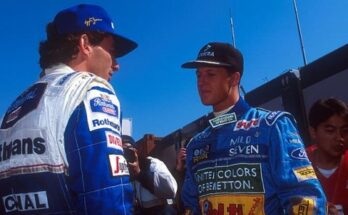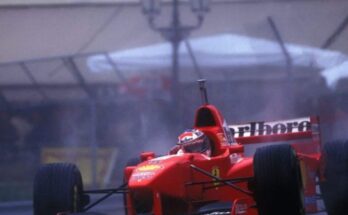In 1990, Michael Schumacher embarked on a pivotal phase of his career by joining the Mercedes-Benz junior racing programme, alongside notable rivals Heinz-Harald Frentzen and Karl Wendlinger. This move marked a significant deviation from the usual path, as many of Schumacher’s peers were competing in Formula 3000 en route to Formula One.
Schumacher’s entry into the World Sportscar Championship (WSCC) was more than just a career choice; it was a strategic move advised by his manager, Willi Weber. Weber believed that exposure to professional press conferences and experience with powerful, long-distance race cars would be instrumental in shaping Schumacher’s future success.
1990 Season:
- Breakthrough Performance: Schumacher’s talent quickly became evident as he won the season finale of the WSCC at the Autódromo Hermanos Rodríguez in Mexico, driving a Sauber–Mercedes C11. Despite participating in only three of the nine races that season, Schumacher impressively secured a fifth-place finish in the Drivers’ Championship.
1991 Season:
- Continued Success: Schumacher’s performance in the 1991 WSCC season was equally remarkable. He clinched another victory in the season finale at Autopolis in Japan, steering the Sauber–Mercedes-Benz C291. This win contributed to a ninth-place finish in the Drivers’ Championship.
- Le Mans and Beyond: In addition to his WSCC successes, Schumacher competed in the prestigious 1991 24 Hours of Le Mans, where he and his teammates, Wendlinger and Fritz Kreutzpointner, achieved a respectable fifth-place finish. His versatility was further demonstrated by his foray into the Japanese Formula 3000 Championship, where he finished second in his sole race of the season.
These formative years were crucial in establishing Schumacher’s reputation as a formidable driver, setting the stage for his eventual rise to Formula One prominence.



